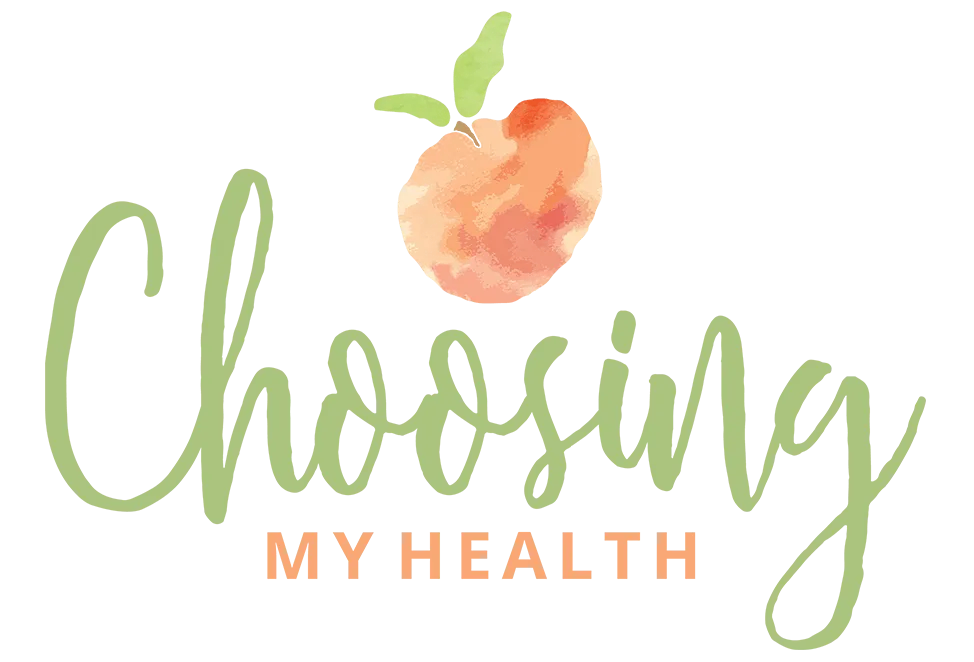Beginner-friendly Guide To A Whole Food, Plant-Based Diet
Heard about this whole-food, plant-based life and wonder if it’s for you? Ready to take the leap of faith and start now?
This post will outline the plant-based lifestyle basics. You’ll gain a clear understanding of what it is, what you can eat and what you should avoid, along with the unmatched benefits it offers. Consider this whole-food, plant-based 101.
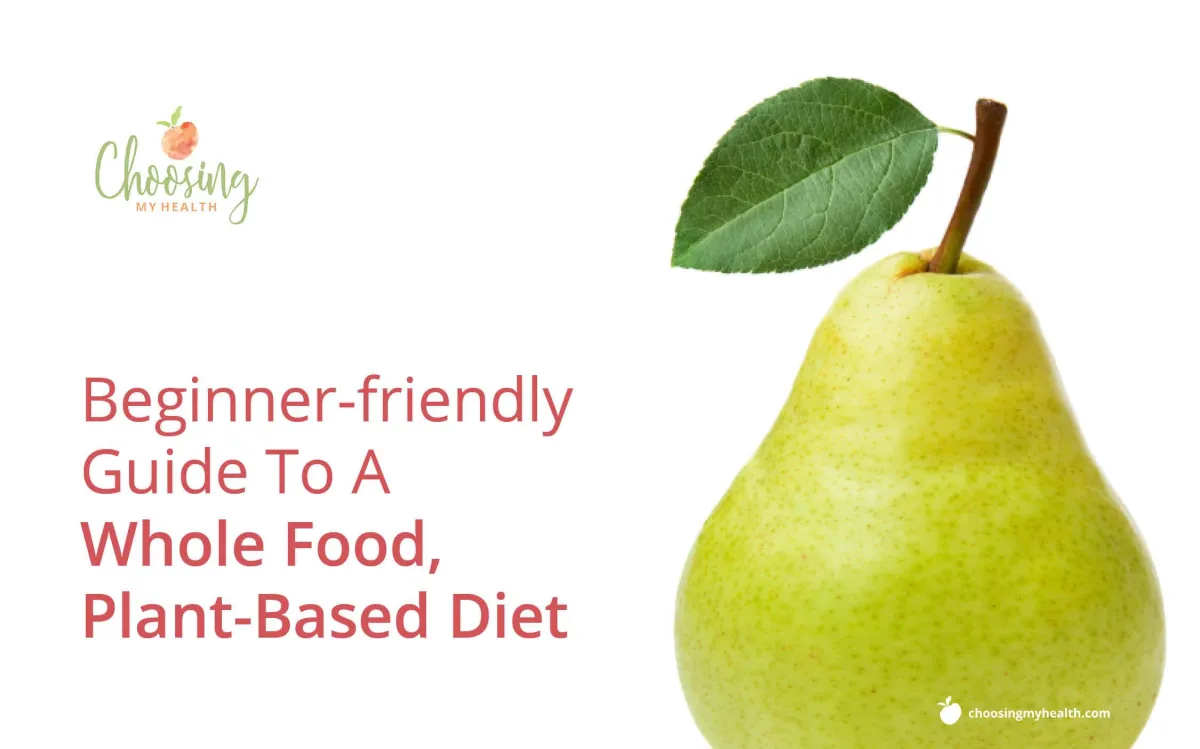
It’s a well-known fact Americans are among some of the sickest people in the world. Especially in areas like asthma, arthritis, heart disease, diabetes, and hypertension. For many, life is compounded by more than one of these conditions.
Sicker by the bite may sum up the state of your health.
So you’re here–desperate for a new lifestyle that will re-energize and heal.
Good news! You found it! And it’s easier than you think.
I sincerely hope these principles establish a firm foundation as you transition to a plant-based diet!
What Is Whole-Food, Plant-Based?
A whole-food, plant-based diet is based on eating unprocessed or minimally processed plant foods. This diet is centered on fruits and vegetables, whole grains, legumes, tubers, nuts and seeds. It avoids animal products like meat, fish, dairy, and eggs. It also excludes highly refined foods, that include artificial foods with additives, like excitotoxins, food dyes, trans fats and sugars.
The goal is simple: Eat foods sourced from plants, as close to their natural state as possible.
Some argue for the inclusion of animal products in limited quantities. I don’t promote this for two main reasons.
One: While it’s true that meat and dairy consumption provide needed nutrients like protein and calcium, animal products also bring a litany of damaging health effects. Copious studies document links to cancer, irritable bowel syndrome (IBS), heart disease, constipation, a shorter life span and more.
Two: Plant options are more than plentiful, and provide the needed nutrients without the side effects.
The difference between the quality of food we eat today and what we ate years ago, is staggering. The food your parents or grandparents considered “okay”, are now so harmful and highly processed, avoidance is simply the wisest option. Learning to identify the good from the bad is a necessary skill, and you’ll develop it on this journey.
We should all be eating fruits and vegetables as if our lives depend on it–because they do.”
Michael Greger, M.D.
Identifying Processed Foods
Processed foods generally refer to intentionally altered food. This includes physical changes, chemical additives, and artificial substances not originally present.
Whole foods, on the other hand, refers to unrefined or lightly processed foods.
But not all processing is bad. In fact, sometimes it’s necessary. Cooking dried beans is an example of processing. Eating stone-like raw beans is not an option!
Ever had excess berries to freeze to keep from spoiling? That’s processing too.
Processing is often described in terms of a scale: lightly or minimally processed foods to highly/ultra processed foods.
When we talk about avoiding processed food, the goal is to stay off the spectrum or to skew toward the light end of it. The high end of this scale is the most dangerous, as heavily processed foods are often suspects for illness.
Unfortunately, we’ve sacrificed preserving our bodies so we can preserve the food we put into it.
Twisted.
Now, I understand that some processing is necessary for foods that travel thousands of miles. Food is perishable. But since our bodies are also perishable, and can’t weed out chemical preservatives, additives and pesticides, I follow two rules of thumb:
1. Read labels: Don’t rely on the marketed message at the front of the package. The truth is in the ingredients list. If it includes a harmful item to your health, leave that item on the shelf.
Quick tip: The higher the ingredient on the list, the more concentrated it is in the product. So if sugar is the second ingredient on the package, you’re eating mostly sugar.
2. Prepare your food at home, as much as you can: This way, you can assure what you eat is as wholesome and safe as possible. The food item is just as important as what’s added to it during preparation.
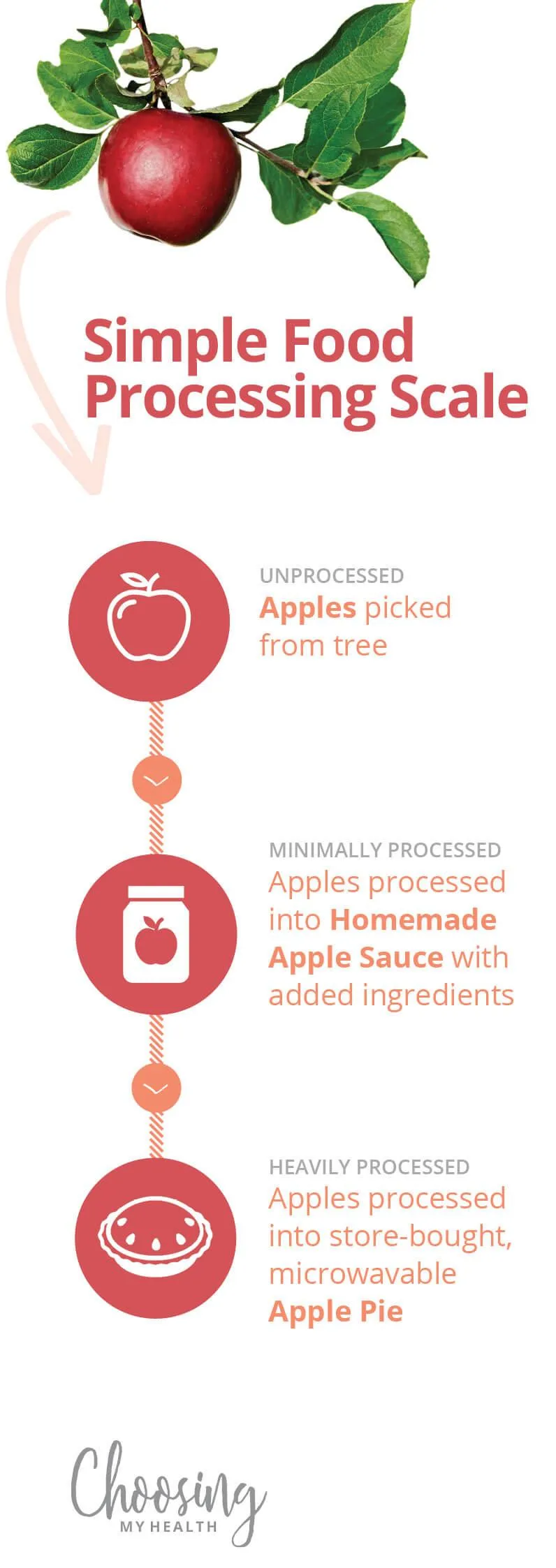
What To Eat and What To Avoid
Your goal is healthy, not plant-based per se, but you recognize this lifestyle as a proven way to get there.
So what can you eat?
Here’s a quick (and funny) anecdote.
My husband took a small desk plant into work, and won the scrutiny of a clever co-worker.
He looks at the plant, and jokingly says: ”So you brought your lunch to work today?”
Umm…no!
(Gotta give it to him though, cause that was pretty witty, lol)
But isn’t this a common misperception? That all plant-based munchers eat is grass?
Though only a joke, for many, a plant-based diet is often misunderstood. How do you make sense of eliminating meat in a world where meat is the norm?!
No worries though! I can confidently say that after 15+ years of this lifestyle, a plant-based diet is absolutely doable, a delight, and is simple to follow.
So before we get into the actual food groups, some important, yet basic principles to guide your food selections are:
Principle #1: Stay as close to nature as possible.
Stick with whole, unprocessed foods and ingredients. Foods that are highly processed, provide little nutrient value. So aim for food as close to its original form as possible. For example, if you enjoy canned peaches in heavy syrup, opt to eat the actual naturally juicy peach. If you’re in the mood for orange flavored soda, make some freshly squeezed orange juice, orange infused water, or enjoy the orange as is.
Principle #2: Fresh is best.
Locally grown, organic produce is best. Foods filled with preservatives are likely void of lots of the vitamins and minerals, and in turn, cause undesired health problems. If you can’t access fresh, frozen is still a good option.
Principle #3: If sourced from an animal, it’s not going in.
I’ve covered this before, but “animal-sourced” refers to meat, dairy (milk & cheese), eggs and ingredients sourced from animals. (Note, some plant-based munchers occasionally eat honey sourced from bees, in limited amounts. This may be the only exception).
Principle #4: If it contains added fats, sugars and ingredients that you can’t pronounce, stay away.
Amongst chemical food additive consequences are brain-exciting food addictions and carcinogen induced diseases. Not worth it.
Now, let’s explore the various groups of foods, and food examples you’ll enjoy on this diet:

Fruits
berries, oranges, peaches, mango, banana

Vegetables
spinach, swiss chard, kale, broccoli, okra
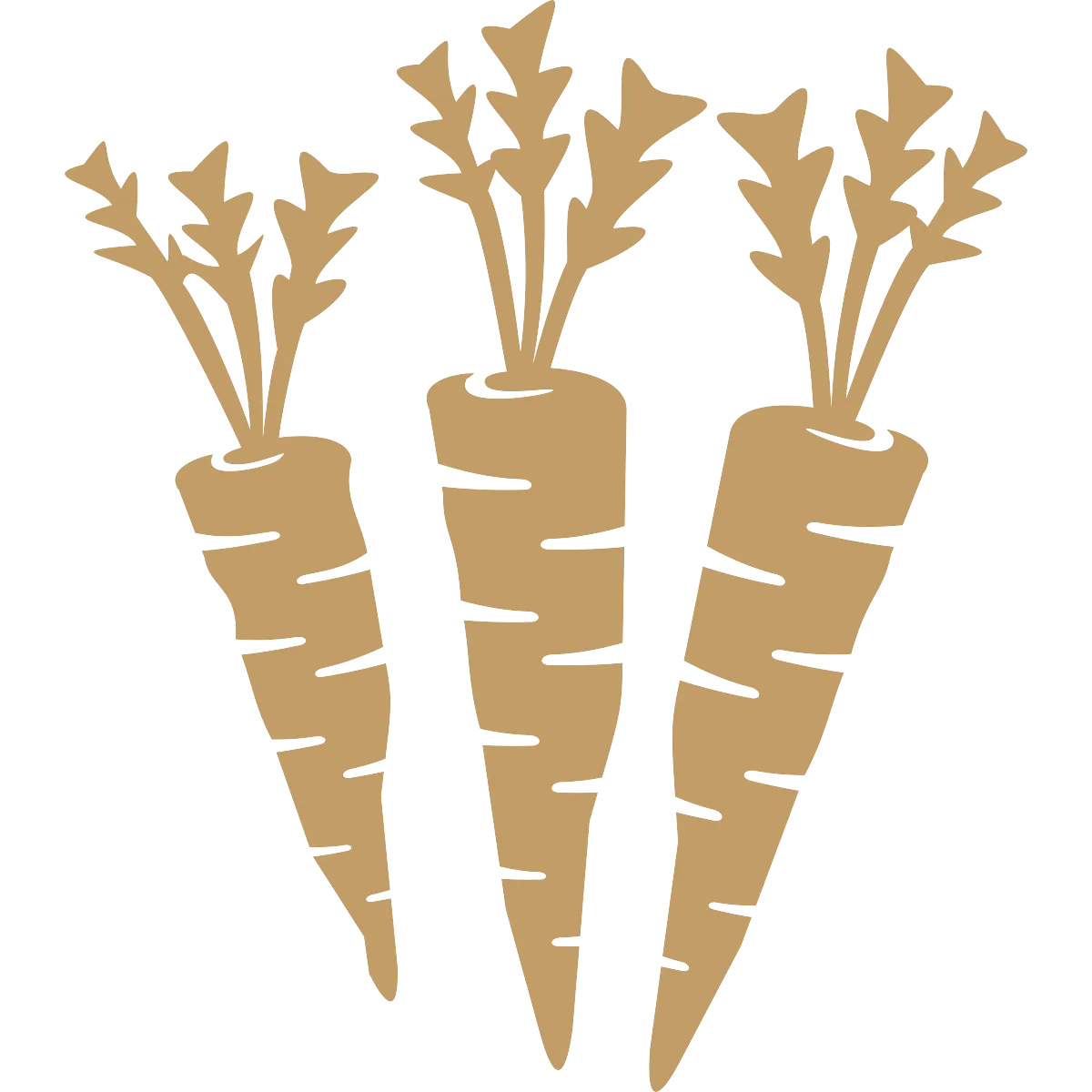
Tubers/ Root Foods
beets, yams, sweet potatoes, yuca, ginger

Whole Grains
millet, barley, brown rice, oats, quinoa

Legumes
black beans, lentils, chickpeas, navy beans

Seed & Nuts
walnuts, almonds, chia, flax, sunflower
Choose well and eat well. Everything plant-based is not necessarily healthy. Walter Willett of the Harvard School of Public Health puts it best. “A plant-based diet could include consuming large amounts of sugar, refined starch, hydrogenated oils, and soda, which would be about the worst diet possible.”
Don’t be swayed by marketing messages. Read the product label including nutritional facts, and the ingredients list. Step up your knowledge and know what you’re consuming. And if you need a helping hand, I’m right here to guide you 🙂
Article continues below
Three Game-Changers I Wish I Knew
BEFORE GOING PLANT-BASED
Want to transition
to a plant-based diet without all
the fuss?
I'll give you a FREE 3-part email series packed with 15+ years of my life-tested strategies to JUMPSTART your plant-based game for the win!
Benefits of a Whole-Foods, Plant-Based Diet
Embracing a whole food, plant-based lifestyle is life-giving! The research is compelling. Try it for yourself!

Live Longer
Studies show that consuming a whole-food, plant-based diet leads to greater longevity, and a higher quality of life.

Healthy Heart
It’s simple. Increase your consumption of fruits and vegetables and lower your chances of cardiovascular disease.

Diabetes Prevention
Type 2 diabetes is preventable, and research shows that a plant-based diet can reverse and prevent it.

Increase Energy
Replacing meat and dairy with nutrient-dense plant-based food will supercharge your body’s energy to get through the day.

Fiber! Fiber! Fiber!
Constipation is called the mother of all diseases. And guess what helps keep you regular? Fiber! A whole-food, plant-based diet keeps your gut health in check by promoting a sound digestive system.

Effortless Weight Loss
Get fuller on fewer calories, thanks to nutritiously-filling quality food. Plus, you’ll spare yourself from eating chemically addicting ingredients.

Dollar Stretching
Contrary to popular belief, eating healthy doesn’t have to be expensive. Lentils and beans are some of the most inexpensive, nutritious, and abundant foods you can purchase.

Animal Compassion
Few people enjoy seeing the poor treatment of animals at slaughterhouses, but many prefer to ignore that our dietary choices support these practices. This diet shows our animal friends kindness.
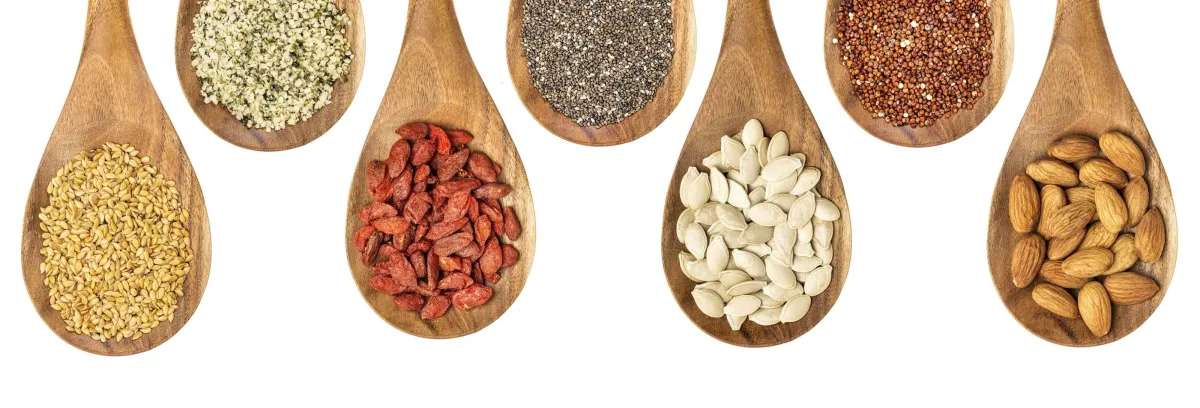
One of the best motivators for people transitioning to plant-based eating comes from how great they feel and how much more they can do in their lives once they’re feeling healthier. Dr. Craig McDougall
One of the best motivators for people transitioning to plant-based eating comes from how great they feel and how much more they can do in their lives once they’re feeling healthier.
Dr. Craig McDougall
If you’re interested in this lifestyle, but aren’t sure how to begin, check out the video below for some transition tips.
A well-balanced plant-based diet is attainable!
As always, talk with your physician about your lifestyle change. While some doctors are aware of the benefits of a plant-based diet, don’t rely on your doctor to know everything. Do your research.
I’m so excited you’re beginning this journey and I’m cheering you on!
I’d love to hear from you, so let me know what else you’ll like to learn in the comments.
Thanks for starting here! We’re gonna do this, together!
#winning
Hey friend, I'm Mel!
I'm a certified holistic nutritionist, certified health coach, plant-based food instructor, and a certified personal trainer. My passion is helping people like you transition to a plant-based diet, with easy step-by-step strategies that work. I'm committed to empowering you to heal through a plant-based lifestyle so you can freely live out your God-given purpose and thrive. Let's start today!
